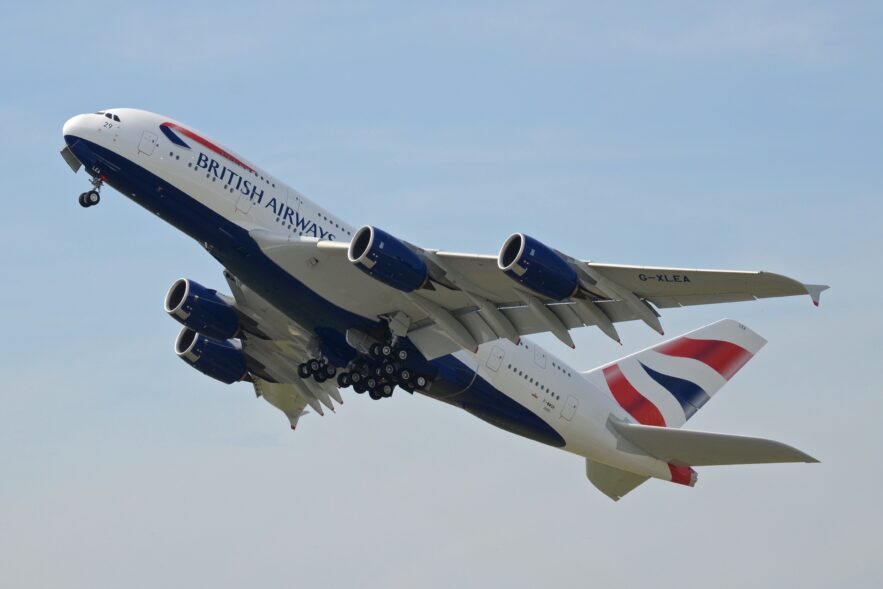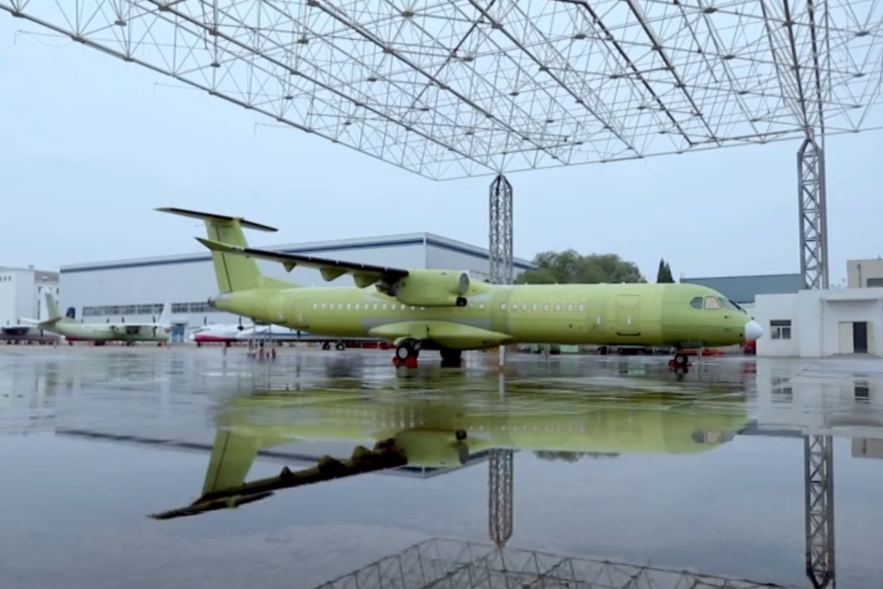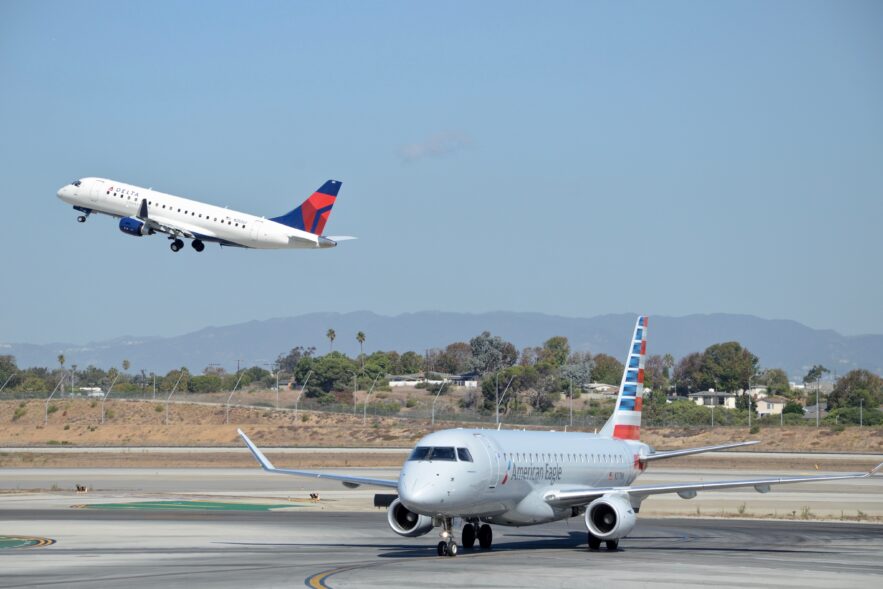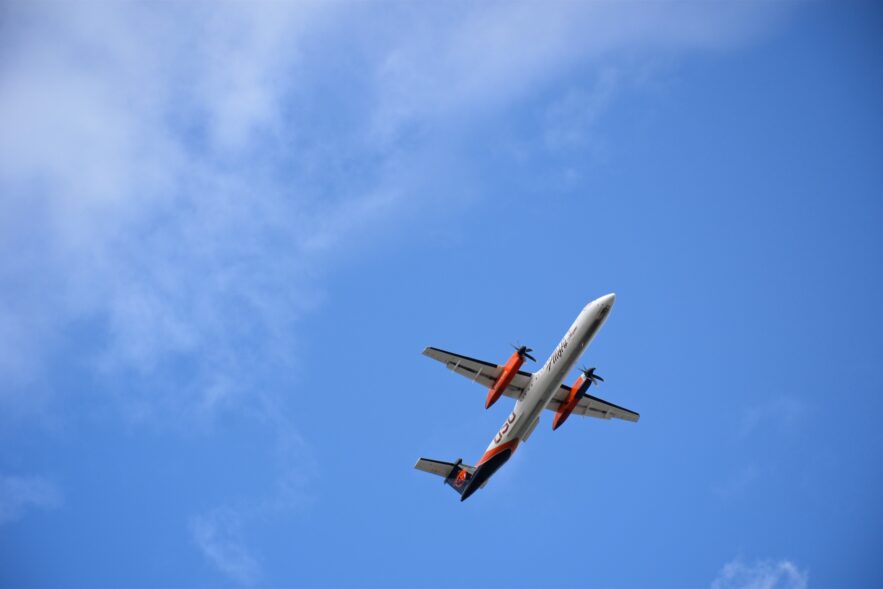Sign up to receive updates on our latest scoops, insight and analysis on the business of flying. (function($) {window.fnames =...
TAC Analysis details its 2022 forecast in two parts, continuing with the obstacles and opportunities facing airlines heading into the new year. The United States traffic doubled in 2021, rebounding as passengers continue to return to the skies, but the remaining recovery will be paced by the airlines’ ability to accept it. Touching 89% of 2019 levels on Thanksgiving weekend, we expect the recovery to stall, ending 2022 still below 100%.
A pilot shortage is shaping the debate over single-pilot cockpits, while Airbus CEO grabs aviation’s third rail with both hands.
As it prepares to fly a hybrid-electric demonstrator in 2024, De Havilland Aircraft of Canada says it’s all about designing an aircraft for a bad day.
In this TAC Analysis, we revisit the potential re-arrival of a pilot shortage, and how it may quickly become the limiting factor in the recovery. Crucially, while regional airlines were a welcome source of strength during the COVID pandemic, the lack of pilots in the United States could quickly turn the strongest regional jet market on its head. At play are both the near-term effects of staffing flight decks affecting the world, as well as the long-term challenges unique to the United States -- where pilot supply issues have already exposed an acute operational strain on the system.
The A380 is back, sort of. Airlines are reactivating the double-deck aircraft ahead of the loosening of COVID-related travel restrictions that promise to breathe life into dormant international routes. Just don't call it a comeback for the superjumbo. By all metrics, business aviation in 2021 is thriving. Back above 2019 levels, the industry is seeing a strong uptick in new development and commercial activity, but examining Honeywell's 10-year forecasts TAC steps back to look at the uncomfortable big picture for the industry's trajectory. What was it like to fly on the Convair B-36? We listen to a first-hand recollection about an aircraft that needed six turboprops and four jet engines just to get off the ground in the early years of the Cold War.
Yet, over the past week, chatter across a cadre of Chinese aviation watchers and social media postings suggested that the prototype MA700 had made its maiden flight around Sept. 23 or 24 from the the Aviation Industry Corporation of China’s (Avic) manufacturing plant at Yanliang Air Base in Xian, where China produces many of its military aircraft. The new April 2021 footage was the first public appearance of any MA700 progress since March 2020 when Avic and Xian rolled-out the first static test airframe. Chinese state media had reported in early 2020 that MA700 was slated to fly before the end of that year.
With this evaluation for its turboprop concept, Embraer is scratching at an entirely new strategic consideration for a multi-decade aircraft program. While large aircraft design has relied on the same fundamental type of fuel, coupled with successive generations of ever-improving engines, Embraer views its new 90-seater airframe as propulsion agnostic and a halfway step toward hydrogen. Positioning the engines on the rear of the aircraft might not produce the single most optimized design in 2027, but, in Embraer’s view, that deliberate non-optimization allows room for future evolution and growth.
Fundamentally, even with this new shape, Embraer’s tentatively designated TPNG 70 and TPNG 90 (Turboprop Next Generation) haven’t changed in their overall mission. The aircraft is still a 70 to 90-seat turboprop with a range “a little bit more than 800 nautical miles” but optimized for flights between 250 and 300 nautical miles and flown at speeds “faster than an ATR, but not as fast as the Dash 8-400,” said Souza, putting its cruising speed between 300 and 360 knots. Embraer’s goal is a 15% to 20% improvement in cash operating costs for its bigger TPNG 90 compared to the ATR 72-600.
Afghanistan is lost. Beyond the crushing enormity of the human tragedy unfolding there, the jarring images from Kabul Airport capture not only the desperation to escape the Taliban, but the very essence of what aviation represents as a path to the future. Embraer heavily revised its turboprop concept and with it the company is shifting its focus from Asia squarely to North America. Qatar Airways has pulled 13 A350s from service on the order of its home regulator, but what's paint issue facing the aircraft?
There’s no one definition of a regional airline and that shows in the pandemic’s rebound. TAC Analysis continues its exploration of which types of regional airlines are excelling in the pandemic era, which are struggling, and what this means for the various aircraft types operating at each.
Understanding the nuances of regional aircraft -- turboprops and regional jets -- is first and foremost a matter of understanding the role of geography in their success.












